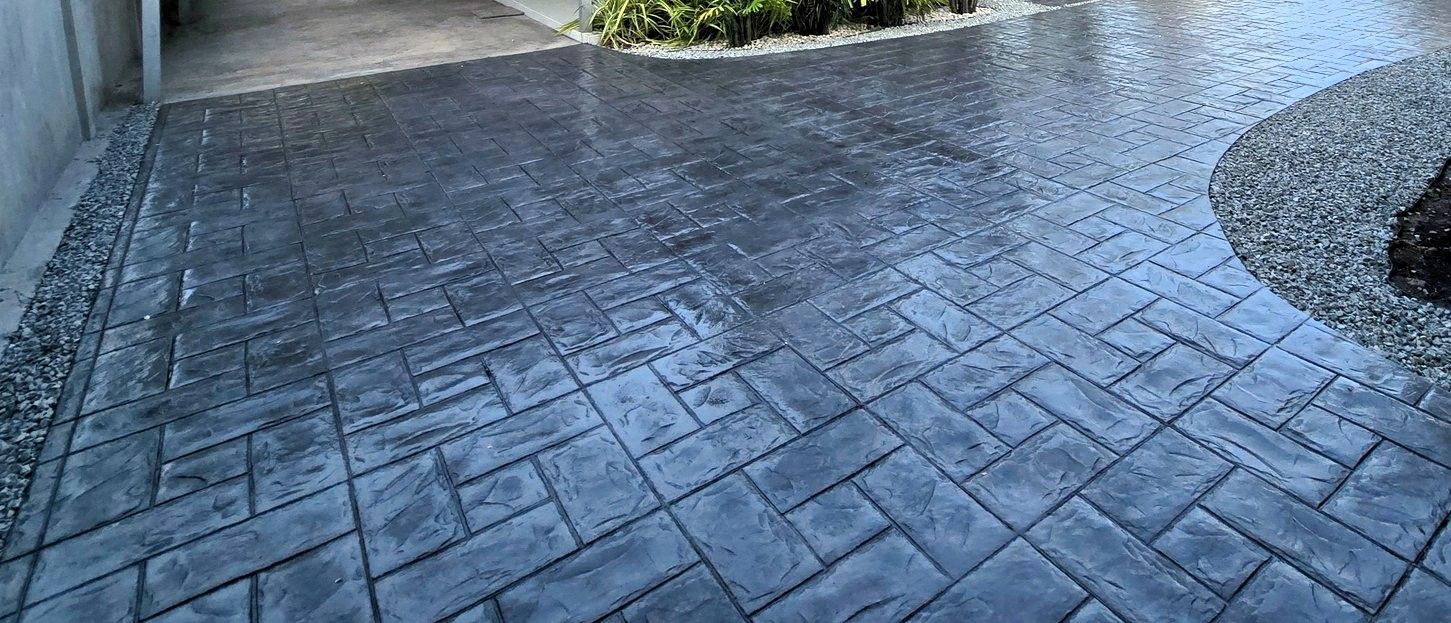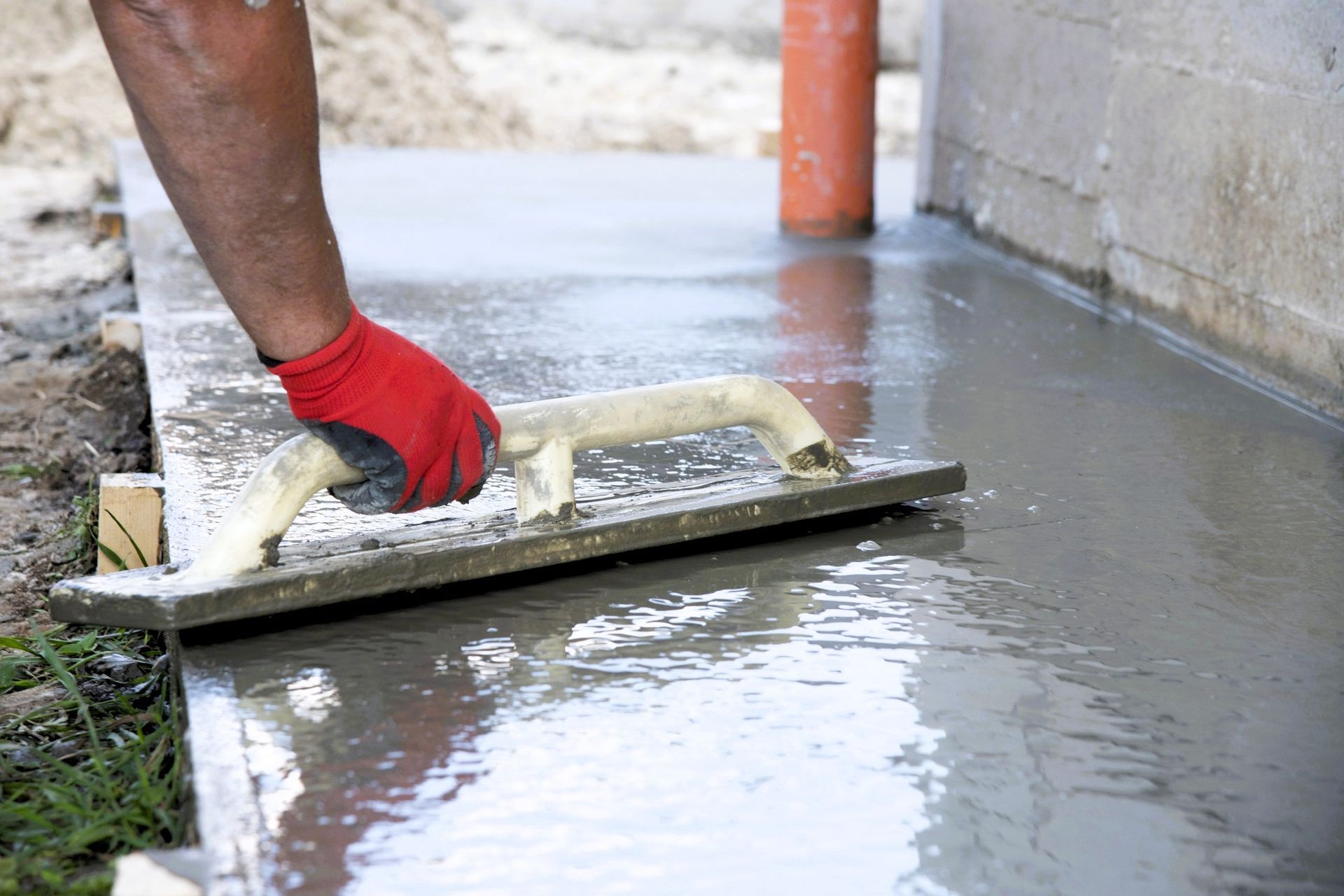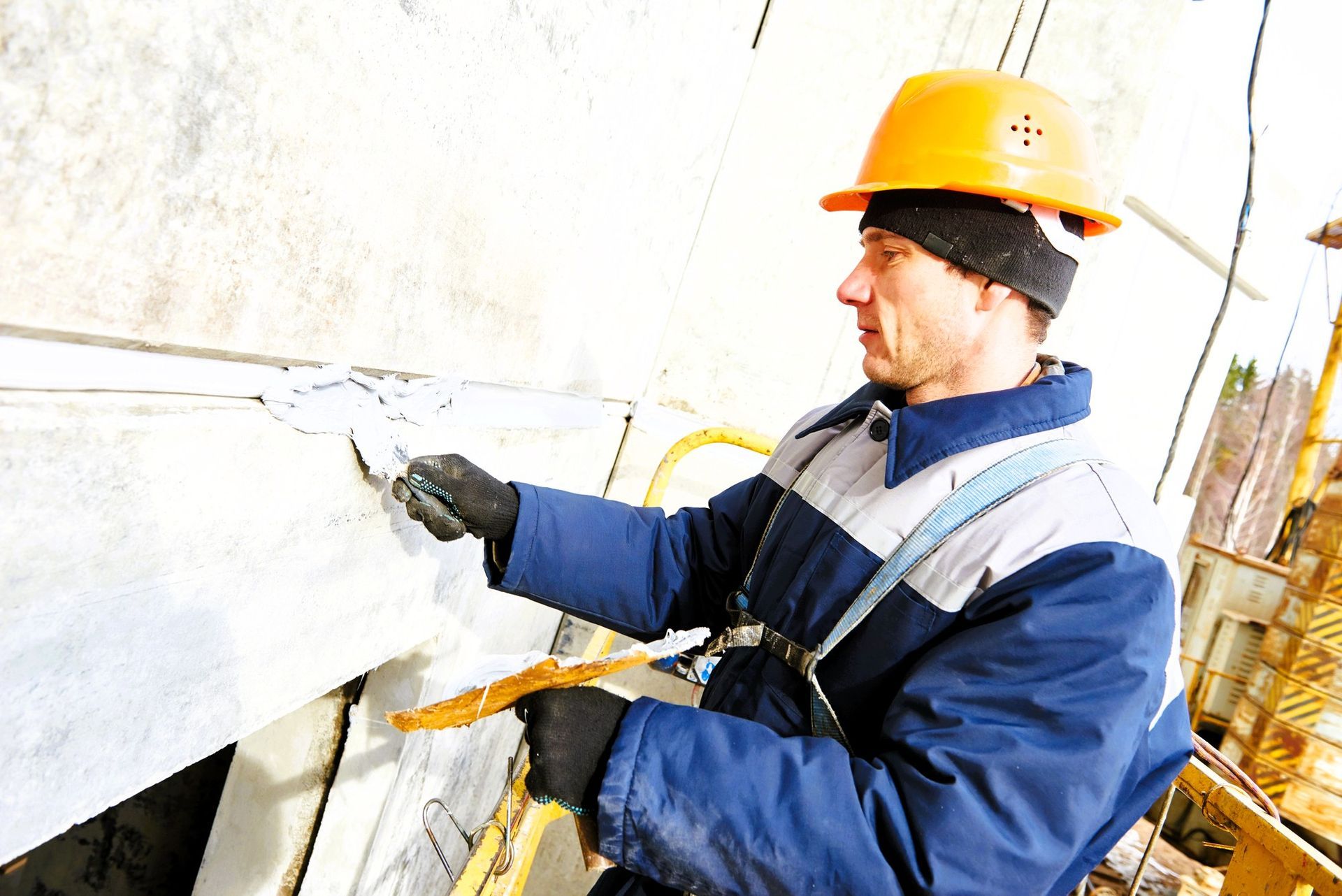Four Signs You Need Concrete Slab Replacement
How to identify the signs you need concrete slab replacement

Concrete slabs, the sturdy foundation of many homes, endure a significant amount of wear and tear. While they are known for their durability, even the toughest materials require attention. Identifying early signs of deterioration is crucial, as it can save you from potential financial burdens. In this blog, we will explore four key indicators that show that it's time to consider a concrete slab replacement.
Sign 1: Uneven, Heaved, or Sunken Concrete Slabs
Uneven, heaved, or sunken slabs can be more than just an eyesore—they might signal some serious issues. Think about it: uneven slabs are those that don't lie flat, with spots that are either raised or sunken compared to the rest.
Causes
- Unstable or Poorly Prepared Subgrade: If the ground under the slab isn’t compacted or stable enough, it can shift over time.
- Expansive Clay Soils and Freeze/Thaw Cycles: In some areas, these cycles can cause the ground to move a lot, creating uneven surfaces.
Impact
- Safety Hazards: Uneven slabs can be tripping hazards and other safety issues for people walking by.
- Potential Damage to Vehicles: Sunken or raised driveways can mess up vehicles coming in or out.
Solution
Fixing these problems usually starts with checking out and stabilizing the ground underneath. This process often involves removing the damaged slab, getting the ground ready properly, and then pouring a new slab. Sometimes, we also use stabilization techniques to ensure the new installation lasts longer.
Sign 2: Excessive, Deep, or "Working" Cracks
Cracks in concrete are common, but they're not all the same. Some are more serious than others. If you notice deep or growing cracks, it could mean there are bigger structural problems.
Causes
- Poor Subgrade Compaction and Stabilization: If the subgrade wasn’t properly prepared, it can end up cracking.
- Overloading, Poor Material Quality, Poor Curing Practices, and Water Infiltration: These issues can also cause some serious cracks to form.
Impact
- Structural Integrity Concerns: Cracks can weaken the whole structure, which could be a safety risk.
- Indication of Potential Underlying Issues: If cracks keep showing up, it might mean there's a deeper problem that needs fixing.
Solution
If you spot these types of cracks, it's really important to get the slab checked out. You may even need to replace the whole thing. Tackling the main problems, like fixing drainage or using better materials, can help avoid headaches down the road.
Sign 3: Spalling or Breaking Off in Large Chunks
Spalling happens when the surface of concrete starts flaking off, sometimes in big chunks. It's not just a surface issue; it can mean bigger problems are going on inside the slab.
Causes
- Expansion Within Concrete: When the inside of concrete expands, it can cause the surface to flake off.
- Corroded Steel Reinforcement, Improper Jointing, Impact or Weather Damage, Fire Damage, and Chemical Attack: All these things can lead to spalling, too.
Impact
- Structural Issues: Spalling can really mess with the strength of the concrete slab.
- Safety Risks for Motorists: Big chunks breaking off can be pretty dangerous, especially in driveways or pathways.
Solution
If there is a lot of spalling, it's usually best to replace the slab. Also, make sure to fix any underlying issues, like corrosion, to prevent the same thing from happening again.
Sign 4: Developing Rust Stains
Rust stains on concrete aren't just an eyesore; they can hint at deeper structural problems. These stains usually mean the steel inside the concrete is starting to rust.
Causes
- Moisture Infiltration: When water gets in, it can make the steel inside the concrete rust.
- Chemical Exposure: Things like deicing salts or fertilizers can also cause the steel reinforcement to corrode.
Impact
- Structural Damage: When steel reinforcement gets rusty, it can weaken the whole concrete slab.
- Aesthetic Concerns: Rust stains are tough to clean and can make the place look messy.
Solution
If you've got rust stains, it's important to tackle the root problem and fix any damage. This might mean cutting out parts of the affected concrete and swapping them with new materials that are better protected against rust. If the rusting is widespread, it's usually best to replace the whole slab.
Conclusion
Recognizing signs that your concrete slab may need replacement is the first step toward avoiding future complications and expenses. Regular inspections and timely repairs are essential. We strongly advise scheduling a consultation with a
reputable concrete contractor. At Grand Rapids Concrete Pros, we offer top-quality concrete slab replacement services, utilizing the best materials and techniques for long-lasting results. Don't wait until it's too late—contact us
today for a consultation and quote. If you've noticed any warning signs on your concrete slabs, take action now. Your safety and the integrity of your home are worth the investment in professional concrete slab replacement.





